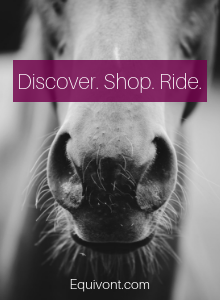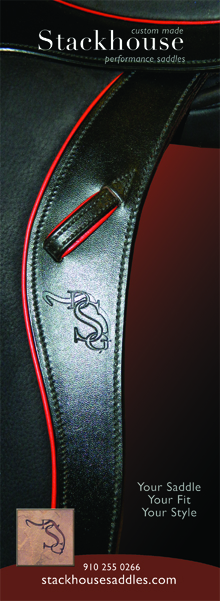Search the Site
Some Ways to Challenge Your Horse's Ability to Think Quickly (Current freebie!)
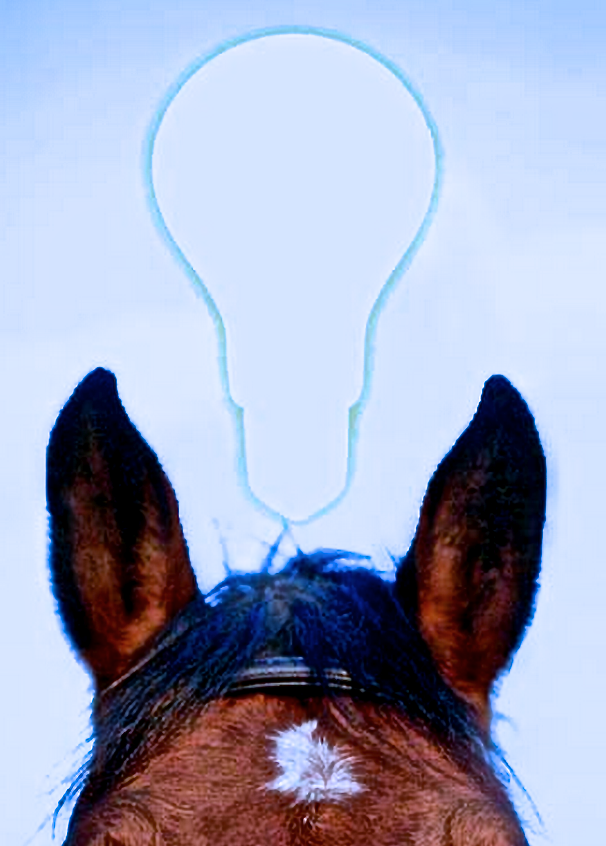
To be truly safe on cross country, we need our Event horses to be completely focused on their jobs, and to think and process information quickly. Only then will they be able to accurately read each question on course as it arises, and make smart decisions with their footwork at the jumps. With some horses, this seems to come pretty easy. But not so much with others! The good news is that most horses can learn to be more quick and accurate with their thinking, with judicious schooling and exercises. Here are some ideas to improve your horse's ability to think more quickly on his feet:
Raised poles: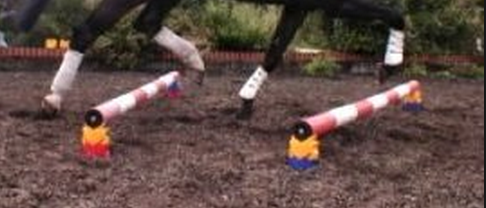
Whether in trot or canter, raised poles will teach your horse to be more careful and precise. He will have to really think about what he is doing with all 4 of his feet... and will be given instant feedback when he makes a mistake. You can set up walk, trot, or canter poles, with the average sized horse finding distance of about 2.5 to 3 feet comfortable for walking, about 4 to 4.5 feet for trot, and 9 to 10 feet for canter. Start out with an average distance between poles, and be ready to adjust as necessary if you feel your horse regularly struggling to reach the poles, or finding the distances awkwardly tight.
All poles can be raised equally (no more than about 6 inches or so), or you can challenge your horse's thinking and accuracy even more by varying the height of the poles in your lines. If you have a whole line of trot poles, you can have the first couple on the floor, the next few with alternate ends lifted up off the ground with a block or something similar, and the last few raised on both sides. Or really shake things up with a random mix of trot or canter poles set at all different heights.
Remember that mistakes are good! If your horse misjudges a pole and knocks it, that's how he's going to learn! Just keep coming through again and again until he figures it out. And make sure that you give him minimal assistance, so that he has the best chance of learning from his own mistakes. Just like with jumping, your job is to make a good approach, and then leave him alone to let him do the job. This is how horses best learn from mistakes, as only then do they take responsibility for what happens. If you are doing too much, and a mistake is made... they associate your actions with the error, instead of thinking about how they could do it better.
Poles on a circle: 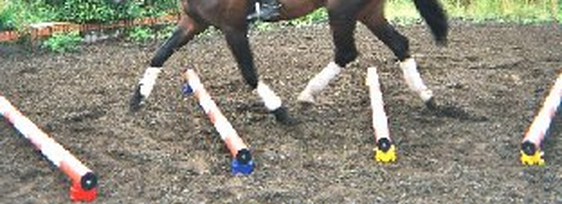
Same concept as above, but it can be harder for horses to focus on being accurate with their footwork when they are being turned by their riders (which can be perceived as intereference.) Practice this exercise in both trot and canter with an emphasis on being able to turn through the curved line of poles as smoothly as possible with minimal aids. You will know that you have achieved this when you can easily stay on your intended line (center to center of each pole on a consistent curve), and your horse negotiates the poles accurately and cleanly.
Again, you can play with different heights to the poles. With the most common set up on the circular pattern being the raising of the outside end of the poles slightly, which can also help to encourage the turning process.
You can also play with the distance in between the poles, by moving closer to the narrow end (towards the inside of the circle), or moving a bit towards the wider end (towards the outside of the circle). As with jumping, you would adjust your trot or canter accordingly early on in the approach, so that you come in on a stride that will suit the line that you have chosen.
Zig zag of poles: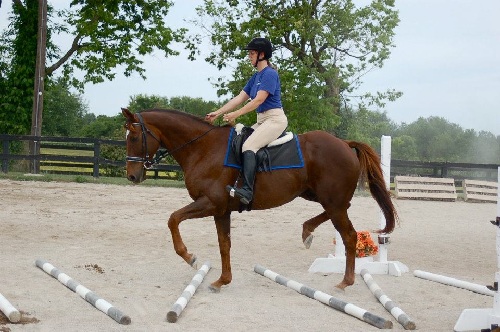
This is another fun exercise to really make your horse think and be more carefully aware of where each foot is at. When you know what trot or canter distance works well for your particular horse, set a line of poles so that the middle of each pole is set to that distance. But move the ends of the poles so they make a zig zag pattern as in the above picture.
Start with a mild displacement of the poles, and advance to the point where the ends of the poles touch in each "V." You should feel your horse really looking and thinking about how and where to place each foot. To take this challenge further, set up a long line of poles, with some regular, and some zig zagged.
Gymnastic jumping:
There is no better way to teach horses to think for themselves over jumps than to send them through gymnastic lines with minimal assistance from the rider. There are thousands of possible different gymnastic lines that you can build, if you have enough room and jump materials. Be creative! Don't always just set up the typical cross rail, one stride to a vertical, one stride to an oxer. That may be the ideal introductory grid for a greenie, but the more advanced horse needs to be challenged much more than that. Various combinations of bounces, one strides, and two strides... with a variety of differently shaped jumps at different heights, will teach him a whole lot more.
And to really challenge them, change the grid every time he goes through successfully. That way, instead of remembering what he did the last time, he will have to reassess every detail of what is in front of him every time through the grid. If he makes a mistake, let him come through again just as it is to give him a chance to prove that he has learned from it. Then change it up for his next trip through to test him again.
Once again, remember that your job is to make a good approach, and get the first jump right. Then leave him alone as much as possible, resisting any temptation to try to help him through the grid. Horses learn best when they are allowed to make their own mistakes... and allowed to learn from them, rather than having the rider make the correction.
Thinking outside the box in regards to jump height:
Traditionally, all jumps in a line are either set at the same height, or they are ascending... with smaller jumps at the beginning of a gymnastic line, and larger jumps near the end of it. And this inviting approach is exactly the way it should be for any young or green horse, or any horse that lacks in confidence over jumps.
But if you have a more experienced horse, that is confident in his jumping - challenge him by mixing things up a bit. In the above picture, you can see that the second jump in the picture is lower than the first. This has the effect of the first fence somewhat blocking the horse's view of the second fence at one point on the approach. And can cause him to make a mistake at the first fence as he tries to figure out exactly what and where that second fence is.
This is a fabulous educational opportunity for him, and will simulate many situations on cross country, where something catches his attention on the landing side of the jump you are approaching (like a ditch, drop, water, or even funny colored footing.) Through practice, and learning from mistakes made during this practice - he will become more clever about keeping his focus on the first bigger fence until he jumps it. And he will also become much sharper about quickly assessing and handling each jump in the grid as he approaches it.




